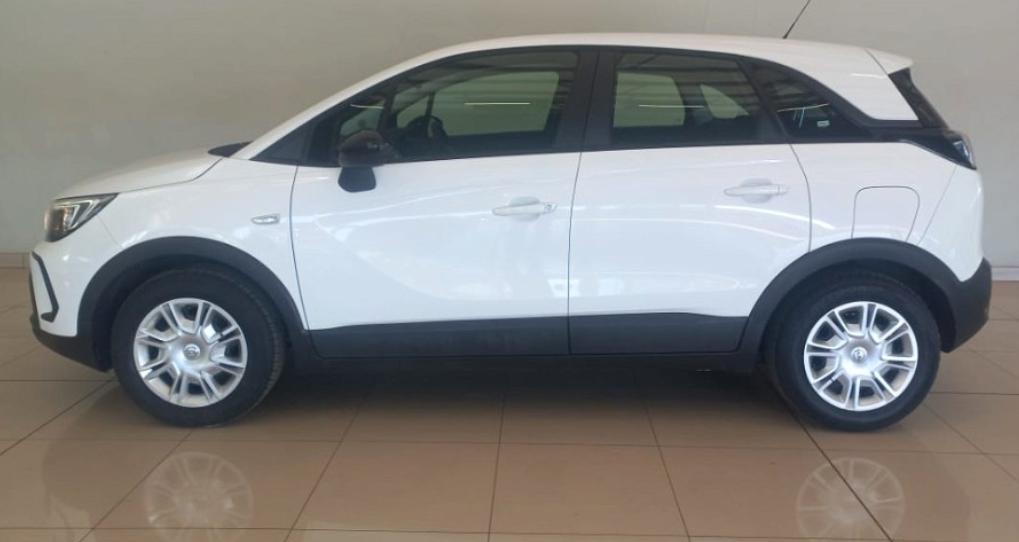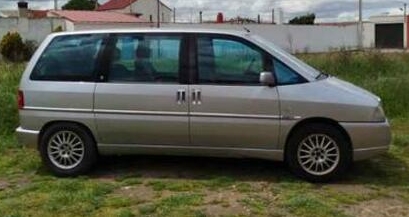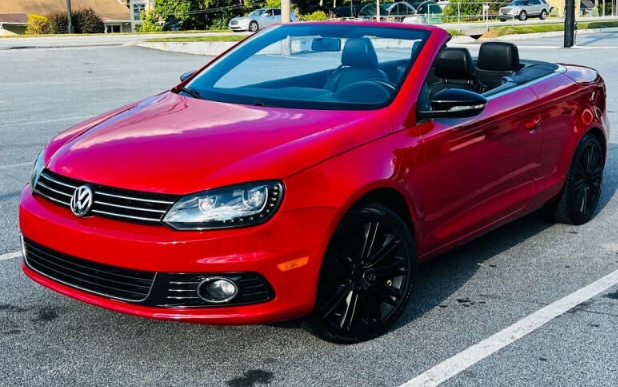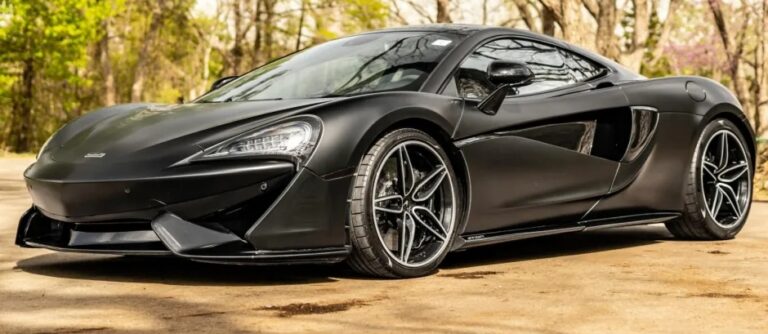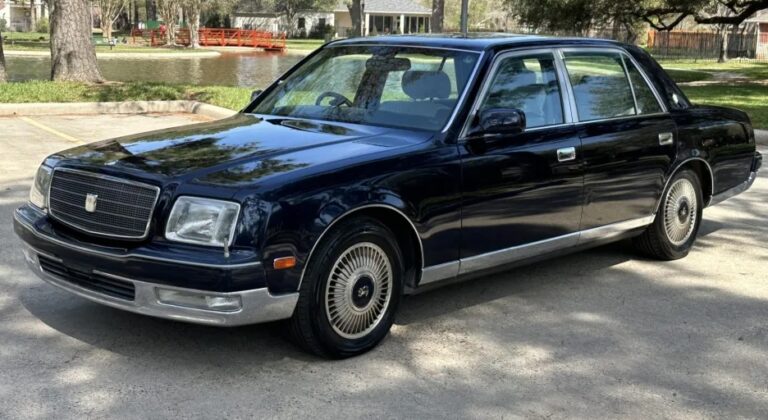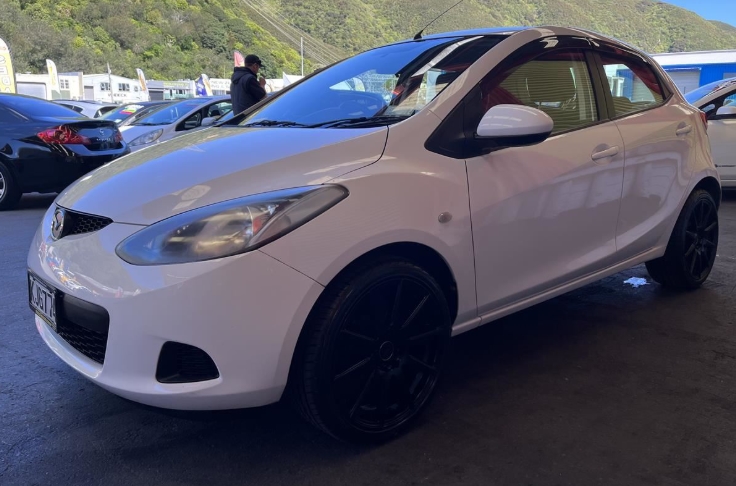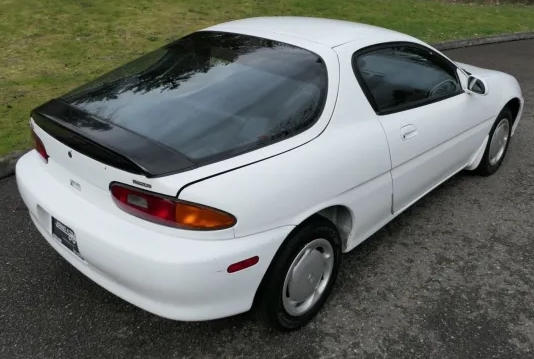The Practical Evolution: Charting the Journey of the Opel Crossland
In the fiercely competitive landscape of the B-segment SUV market, carving out a distinct identity is paramount. While some vehicles chase sporty dynamics and aggressive styling, others find success in the quiet pursuit of practicality and comfort. The Opel Crossland is a prime example of the latter. Born from a unique moment of transition for its parent company, the Crossland has evolved from a slightly awkward MPV-crossover hybrid into a confident, stylish, and family-focused contender. This is the story of its evolution, a journey marked by a change in ownership, a change in design philosophy, and even a change in name.
Part 1: The Genesis – The Opel Crossland X (2017-2020)
The Pre-Stellantis Partnership:
The story of the Crossland begins before Opel was fully integrated into the PSA Group (now Stellantis). In the mid-2010s, General Motors (Opel’s then-owner) and PSA Peugeot Citroën had an existing partnership to co-develop vehicles to save costs. The Opel Crossland X was one of the first major fruits of this collaboration, designed to replace the ageing and decidedly MPV-like Opel Meriva.
Its platform was the key to its identity. The Crossland X was built on PSA’s PF1 platform, the same architecture underpinning the Peugeot 2008 and Citroën C3 Aircross. This was a significant departure for Opel, as it meant the vehicle would use French-developed engines and underpinnings, even while being engineered and styled in Rüsselsheim, Germany. Its mission was clear: occupy the space below the more rugged, SUV-styled Mokka X, targeting young families who valued interior space and versatility above all else.
Debut and Design Philosophy (2017):
The Opel Crossland X was officially unveiled in early 2017 and made its public debut at the Geneva International Motor Show. Its design immediately communicated its purpose. It was taller and less aggressively styled than the Mokka X, with a clear emphasis on maximizing cabin volume. Key design features included Opel’s signature “wing” shaped LED daytime running lights, a prominent grille, and a distinctive C-pillar design that created a “floating roof” effect, especially when ordered with a contrasting two-tone roof color—a popular option that enhanced its visual appeal.
Crucially, the Crossland X was only ever offered with front-wheel drive. Opel made a deliberate choice to cede the all-wheel-drive territory to the Mokka X, reinforcing the Crossland X’s role as an urban-centric, practical family hauler rather than a pseudo-off-roader.
Models and Trim Levels (2017-2020):
Throughout its initial production run, Opel (and its British counterpart, Vauxhall) offered a tiered trim structure designed to cater to various budgets and needs. While names varied slightly across European markets, the hierarchy was generally consistent.
SE / Design Line: This served as the entry point. Standard equipment was generous for its class, typically including a 7-inch IntelliLink touchscreen infotainment system with Apple CarPlay and Android Auto, cruise control, dual-zone climate control, and 16-inch alloy wheels. Safety features like lane departure warning were also standard.
SE Nav / Business Edition: As the names suggest, these trims built upon the base model by adding integrated satellite navigation to the infotainment system, making them a popular choice for company car drivers and those who frequently travelled.
Elite: This was the more luxurious mid-range offering. It added features like larger 17-inch alloy wheels, rear parking sensors, ambient interior lighting, and upgraded seat upholstery. The contrasting roof colour was often standard at this level.
Elite Nav: This trim simply combined the luxurious appointments of the Elite model with the integrated satellite navigation system.
Ultimate: Introduced later in the cycle, the Ultimate trim sat at the top of the range. It bundled virtually all available options, including an 8-inch touchscreen, a premium sound system, a head-up display, advanced park assist, full LED headlights, and ergonomic AGR-certified front seats for superior comfort.
Engine Lineup:
The engine range was sourced entirely from the PSA Group.
Petrol: The core of the lineup was the 1.2-litre, three-cylinder PureTech engine. It was available in three states of tune: a naturally aspirated version producing 83 PS (Pferdestärke, or metric horsepower), and two turbocharged versions producing 110 PS and 130 PS respectively. The lower-powered engines were paired with a 5-speed manual gearbox, while the 130 PS turbo came with a 6-speed manual. A 6-speed automatic transmission was available as an option on the 110 PS and 130 PS variants.
Diesel: Initially, the diesel offering was a 1.6-litre four-cylinder turbo-diesel, available with either 99 PS or 120 PS. In 2018, to meet stricter emissions standards, this was replaced by PSA’s more modern 1.5-litre BlueHDi four-cylinder turbo-diesel, offered in 102 PS and 120 PS outputs. The higher-powered version was exclusively available with a 6-speed automatic.
The Crossland X sold steadily, praised for its class-leading boot space (410 litres, expanding to 520 litres with the optional sliding rear bench moved forward) and airy cabin. However, its slightly soft handling and MPV-like styling meant it was often overshadowed by more dynamic rivals like the Ford Puma and Nissan Juke. A change was needed to sharpen its image.
Part 2: The Transformation – The Opel Crossland (2020-Present)
A New Face for a New Era:
In October 2020, Opel revealed a comprehensive facelift for the model, set to launch for the 2021 model year. This was more than just a minor cosmetic tweak; it was a significant repositioning of the vehicle within Opel’s new brand identity under Stellantis ownership.
The most significant change was the name: the “X” was dropped. The car was now simply the Opel Crossland. This aligned with Opel’s new, streamlined naming convention and signaled a move away from the slightly clumsy “X” suffix.
Visually, the transformation was dramatic. The Crossland became the second model, after the new-generation Mokka, to adopt the “Opel Vizor” front end. This bold design element consists of a single, smooth black panel that spans the front of the car, seamlessly integrating the grille, the central Opel “Blitz” emblem, and the headlights. It gave the Crossland a sharper, more modern, and distinctly SUV-like appearance, moving it definitively away from its MPV roots. The front and rear bumpers were also redesigned with more prominent skid-plate elements, and new LED light signatures and alloy wheel designs completed the exterior makeover.
Opel also tweaked the chassis, fitting new springs and dampers and recalibrating the steering to provide a better balance between comfort and driver engagement, addressing some of the criticisms of the pre-facelift model.
Revised Trim Levels (2021-Present):
With the facelift came a rationalised and rebranded trim structure, designed to be simpler for customers to understand.
SE / Edition: The entry-level model remained well-equipped, carrying over key features like the 7-inch touchscreen, cruise control, and air conditioning. However, it now benefited from the updated, more assertive styling.
SRi / GS Line: This new trim level introduced a sporty flavor to the Crossland range for the first time. It featured a black-painted roof as standard, high-gloss black exterior detailing, signature red trim accents, dark-tinted rear windows, and unique 17-inch black alloy wheels. Inside, it boasted ergonomic sports-style front seats.
Elite: The Elite trim continued to represent the comfort-oriented choice. It featured 17-inch diamond-cut alloy wheels, satellite navigation on an 8-inch screen, front and rear parking sensors, and a rear-view camera.
Ultimate: The top-tier Ultimate model remained, bundling all the best technology and comfort features. This included Alcantara seat trim, keyless entry and start, heated front seats and steering wheel, and advanced safety systems like forward collision alert with automatic emergency braking and pedestrian detection.
Engine Lineup (Post-Facelift):
The engine lineup was a continuation of the proven and efficient PSA units from the previous model, all compliant with the latest Euro 6d emissions standards.
Petrol: The 1.2-litre, three-cylinder engine remained the sole petrol option. The 83 PS naturally aspirated version continued as the entry point with a 5-speed manual. The turbocharged 110 PS (with a 6-speed manual) and 130 PS (with a 6-speed automatic) versions formed the core of the sales volume.
Diesel: The 1.5-litre BlueHDi four-cylinder turbo-diesel continued, offered with 110 PS (paired with a 6-speed manual) or 120 PS (exclusively with a 6-speed automatic).
.

.
Legacy and Market Position
The evolution of the Opel Crossland tells a fascinating story of adaptation. It was born as a pragmatic, slightly compromised vehicle from a transitional partnership, a car that excelled in practicality but lacked a strong emotional appeal. Its success was built on its cavernous and flexible interior, offering a sliding rear bench that was a rare and highly valued feature in its class.
The 2020 facelift was a masterstroke. By adopting the striking Opel Vizor face and sharpening its dynamics, Opel transformed the Crossland from a sensible-but-dull choice into a genuinely stylish competitor. It managed to retain all of its core strengths—space, comfort, and efficiency—while dressing them in a much more desirable package.
Today, the Opel Crossland stands as a clear and distinct proposition in the Opel showroom. It is the practical, family-first sibling to the more style-led Mokka. While rivals may offer a more thrilling driving experience or the option of all-wheel drive, the Crossland has cemented its place as one of the most spacious, versatile, and user-friendly vehicles in the B-SUV segment. Its journey from the awkward “X” to the confident Vizor is a perfect reflection of Opel’s own successful reinvention under a new parent, proving that evolution, when done right, is the key to survival and success.
